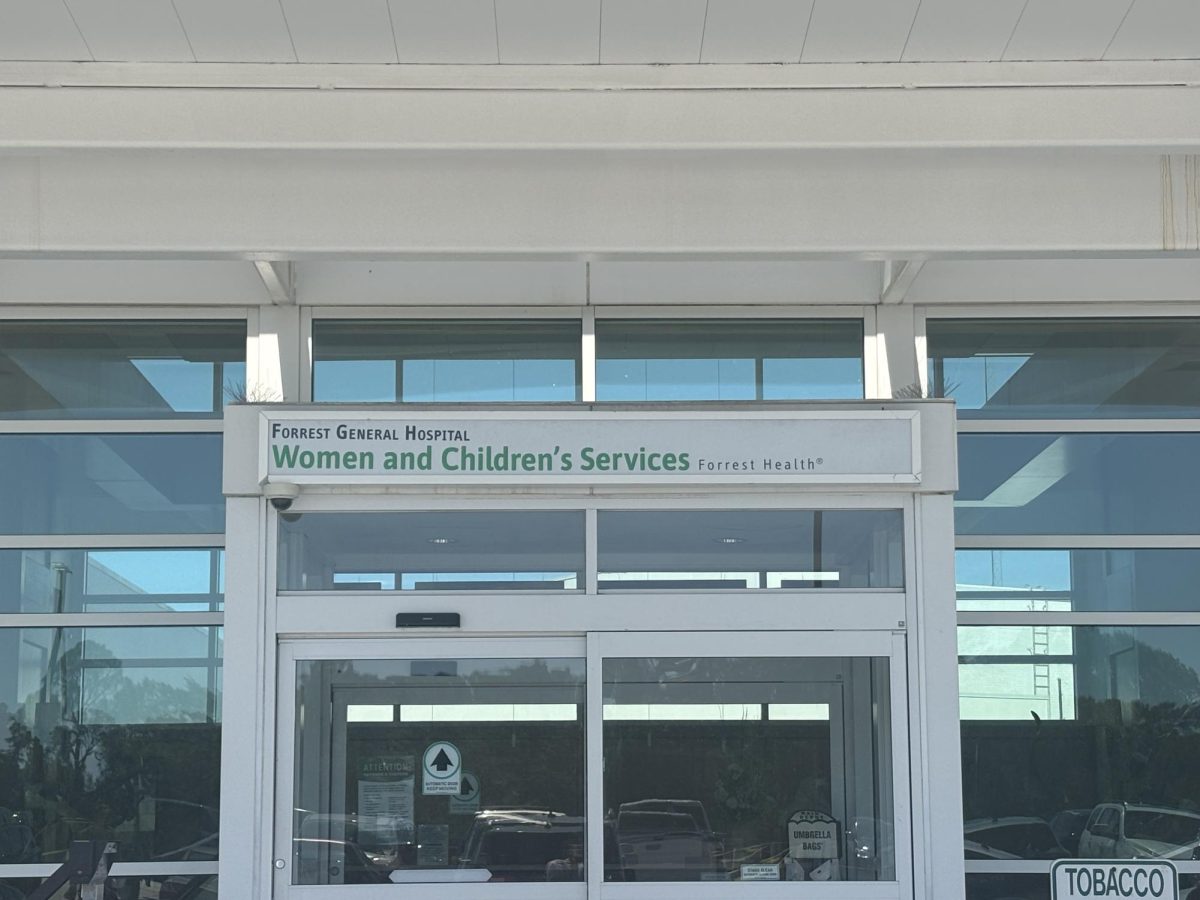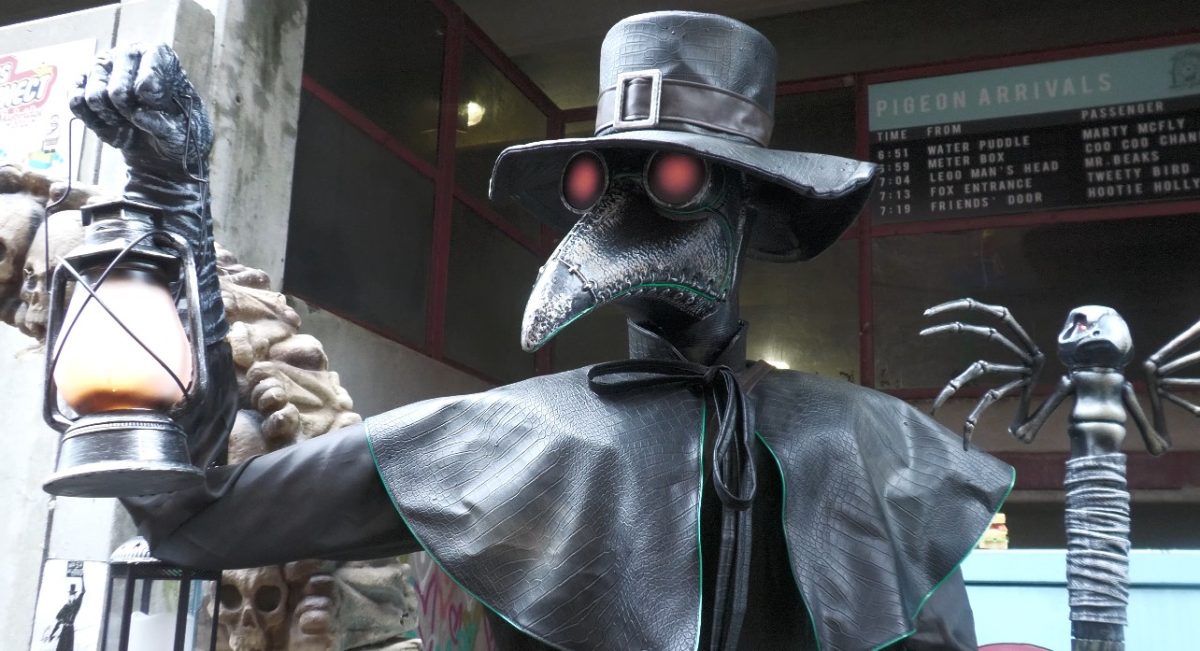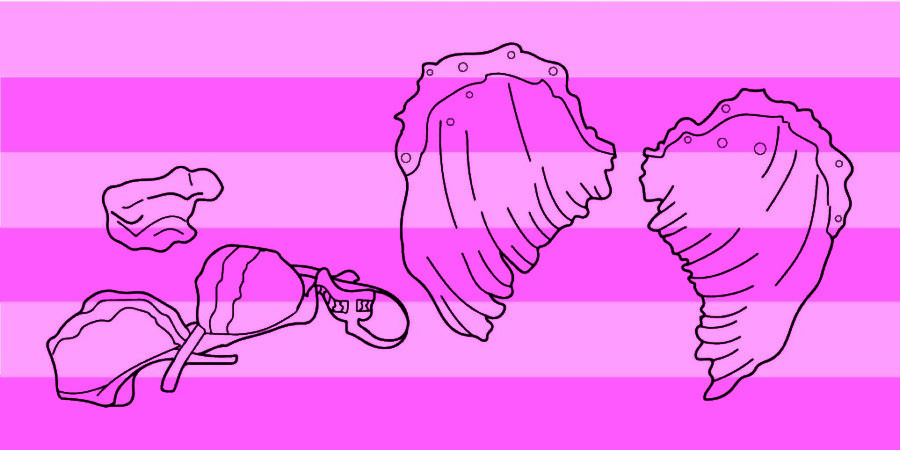There will be no angels this holiday season except for the ones on top of trees. In late November, L Brands announced that the Victoria’s Secret 2019 Fashion Show was canceled. The fashion show had run since 1995 and only diversified its models by casting 19 women of color in the 2018 show.
The idealized lingerie brand is no stranger to bad publicity and criticism. Critics, such as Australian supermodel Robyn Lawley, accuse the brand of both objectification of women and financial struggles. In recent years, the quality of the brand has steadily declined, especially in comparison to other lingerie companies, such as online retailer Third Love.
Most recently, Victoria’s Secret fell under fire for chief marketing officer Ed Rezak’s “insensitive” comments about transgender models in an interview for Vogue. In the same interview, Rezak described the fashion show as a “fantasy” that does not include trans women or plus-sized women. After working for VS for more than 15 years, Razek stepped down from his position in August 2019.
Are the bombshells still that problematic, noninclusive fantasy today? The short answer: yes.
Audiences respond more positively to names that promote body-positivity, such as American Eagle’s Aerie brand and Rihanna’s Savage x Fenty collection. Rihanna’s Savage x Fenty show premiered in September on Amazon Prime. The models represented both inclusivity and diversity: different sizes, races and ethnicities. Even trans women and women with disabilities strutted on the runway.
“I’m looking for unique characteristics in people that aren’t usually highlighted in the world of fashion as it pertains to lingerie and sexy, or what society sees as sexy,” Rihanna said in an article by Harper Bazaar.
In contrast, Victoria’s Secret’s branding remains stuck in the early 2000s, when the lingerie fashion show was still considered groundbreaking and a size 00 was all the rage.
Also, exposure to idealized beauty standards is harmful to young girls. The modeling game is all about numbers: a VS angel is ideally 5’9 tall with a 34-inch bust, 24-inch waist, and 34-inch hips. In comparison, the average American woman stands at 5’4 with a 34-inch waist. While research about social media and body image continues to develop, there does appear to be a correlation between social media and negative body image. A negative body image is a slippery slope towards eating disorders, excessive exercising and other harmful habits.
Frankly, it is for the best that the show is canceled, and not just for a young audience’s sake. With its models and content, Victoria’s Secret fashion shows remain outdated. They do not host the same appeal as other fashion events, whether lingerie shows like Rihanna’s Savage x Fenty, or avant-garde events like the Met Gala.
No one should miss Victoria’s Secret’s fashion show because it is a fantasy that is no longer relevant. Hopefully, Victoria’s Secret will move forward and redefine sexiness, especially if they revisit their branding decisions.
This is not to say that Victoria’s Secret angels are not beautiful because they are. This is not to discredit their hard work. However, the audience’s new fantasy is seeing every type of body strut on the runway.
























